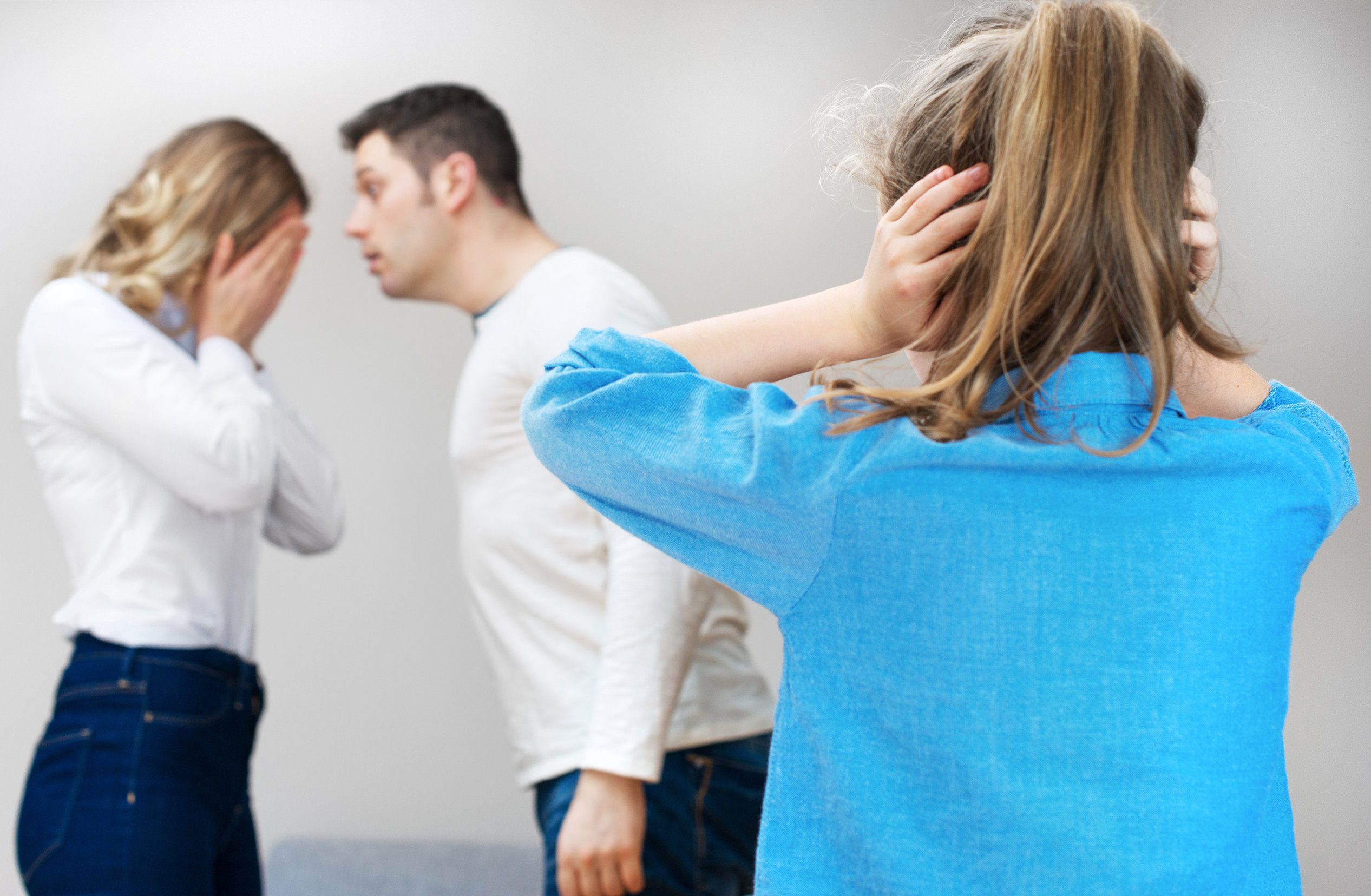Is Exposing a Child to Domestic Violence Neglect in Minnesota?
It’s not uncommon for criminal law and family law to intersect in Minnesota cases involving domestic violence. When a child is involved, the law is very specific in what kinds of acts constitute neglect of a child. It also further defines how domestic violence and domestic abuse are prosecuted.
If you’re facing child neglect charges that stem from a domestic violence charge, it can be confusing and scary. The important thing is to understand what these charges mean and how the law potentially punishes them. Read on to find out what you need to know.
What Is Domestic Violence in Minnesota?
There are several crimes that can be classed as domestic violence in Minnesota. What police examine to determine if a crime is one of domestic violence: what happened and who was involved in the altercation.
It is considered domestic violence if physical harm, harassment, or threats occur between people who are considered household or family members. Household and family members are defined under the law as:
- Current spouses
- Former spouses
- Children and parents
- Anyone related by blood
- Those who have lived together or currently live together
- Anyone in a significant sexual relationship with another
- Anyone with whom you share a child
- Pregnant women and the fathers of their children
The most common domestic violence crime is domestic assault, but that’s not the only crime that can be charged. Terroristic threats, stalking, criminal sexual assault, and attempted strangulation can all be charged as a crime of domestic violence.
Penalties for Domestic Violence Crimes
There are various criminal charges that can result from domestic violence incidents. Repeat offenders usually face harsher penalties than those being convicted for the first time. The most common penalties include:
Misdemeanors and Gross Misdemeanors
If someone is found guilty of a misdemeanor or gross misdemeanor domestic violence crime, then they can face up to three months in jail and be responsible for fines of as much as $1,000 for a misdemeanor. For a gross misdemeanor, they may receive up to 12 months in jail and a fine of $3,000.
Felonies
It is a felony to strangle or attempt to strangle a household or family member, and that can result in a felony conviction, resulting in three years in jail.
If a person has any prior felony convictions for domestic violence in the past 10 years, then they face up to five years in prison. If weapons were involved or great bodily harm was done, then the prison sentence can be up to five years, as well – but up to 20 years if great bodily harm occurs.
What About Kids?
You may notice that domestic violence is defined as crimes perpetrated against family members, including children. That means, if a child is in the home and witnesses domestic violence, it’s a crime – Minnesota places a high priority on protecting the most vulnerable members of society: children.

You may be wondering how a child witnessing domestic abuse is considered neglect, but the law spells that out very clearly. Under the law in the state, neglect of a child occurs when, among other things, they are not protected from actions or conditions that endanger them. Causing emotional harm to a child through distress via witnessing domestic violence is the neglect of that child.
If you are found guilty of child neglect, then it’s a gross misdemeanor. It can be charged as a felony, too. That means you can face up to five years in prison and be made to pay fines of as much as $10,000.
About the Author:
A former Assistant Public Defender for the Sixth Judicial District in Duluth and former staff attorney for the Indian Legal Assistance Program, Brent R. Olson is an experienced trial lawyer who has appeared in every Courthouse in the Sixth Judicial District and taken over three dozen cases to verdict. At LaCourse, Poole & Envall, Mr. Envall focuses on family law, workers’ compensation, and criminal defense. He has a strong belief in restorative justice and helped to develop the Domestic Violence Restorative Circles program.
















